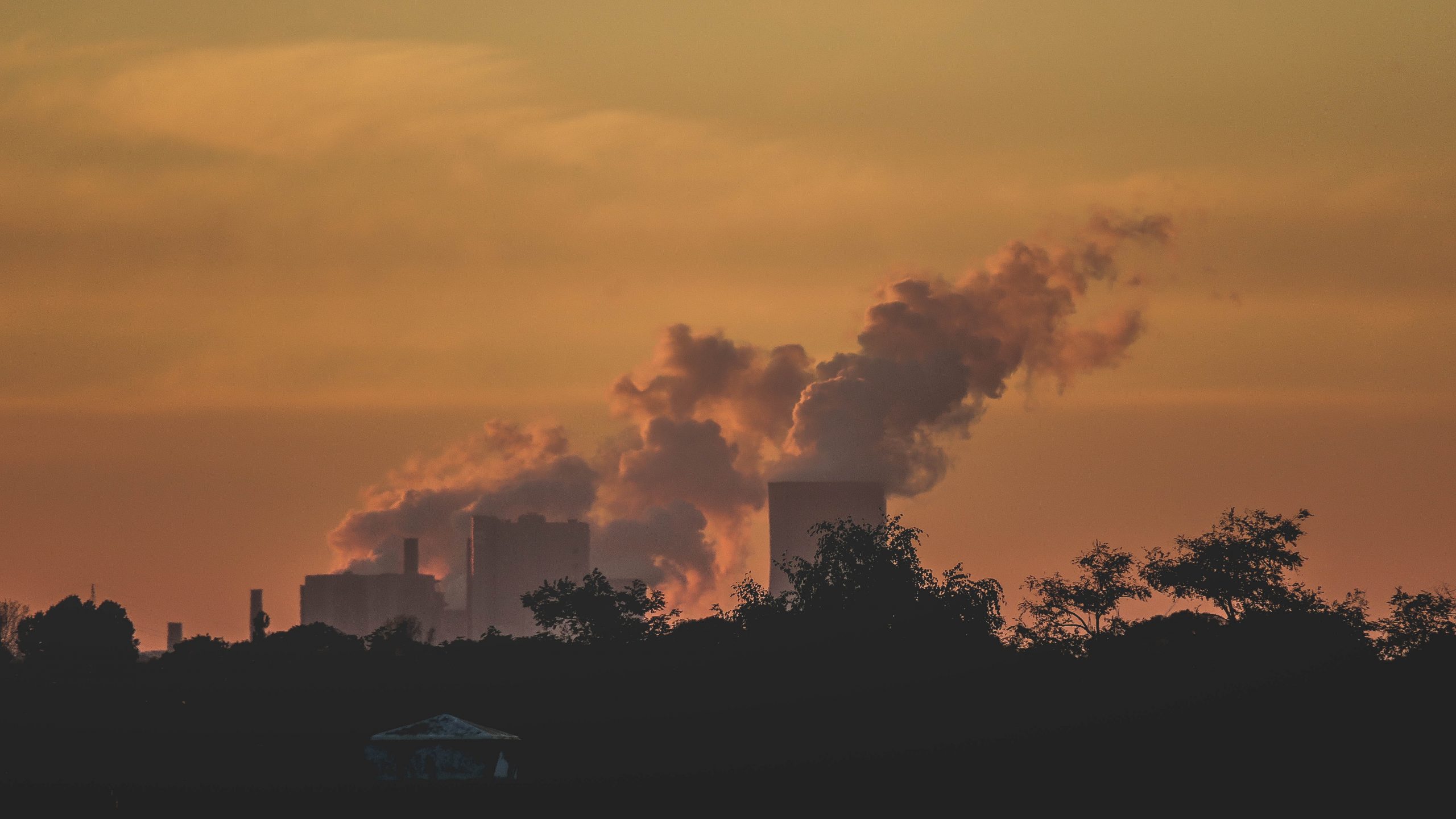The pollution caused by humanity can’t be ignored anymore. It manifests itself with climate change, loss of wildlife species, natural disasters, and changing seasonal patterns. The plastic pollution causes deaths of fish and sea dwellers that are the basement of the entire ecosystem pyramid.
Humanity has to finally take responsibility and try to fix what it has broken. But this isn’t the sole responsibility of governments and corporations. Each one of us can take their share and make our world a safer, cleaner place. So, what can we do in our everyday life to reduce pollution?
Use the Reusable
The reusable things aren’t something new to hear. Plastic bags, straws, cups, and other stuff end up in landfills where they stay forever. Or, in the worst case, they make their way into rivers, streams and finally to the sea, where they become a disaster for the sea animals. The plastic items need centuries to decompose, and lots of them don’t decompose at all, staying in the ground forever and polluting it. Read more on https://paperap.com/pollution/.
Reusable things demand a bit more care than just using them once and discarding them into the nearest trash bin, but they are not less comfortable to use. The culture of discardable items has created a whole behavior breaking pattern that may look a bit odd at first. But soon, using your own bag, container, straw, and cup will feel completely natural. A reusable lifestyle doesn’t demand too much effort, but it may do a whole lot to save the planet. Just imagine how much plastic you will save by doing your grocery shopping with reusable containers!
Help Recycling
If your reusable property isn’t reusable anymore, it still can be discarded for good, but in a smart way. Lots of things we use may become the raw materials and be used to produce the next generation of things. That’s how Mother Nature deals with pretty everything, so why don’t we do the same?
The most obvious things to reuse are plastic, glass, metal, and paper or fabric (paper and organic fabric are made of the same component, cellulose, and are recycled in a similar way). The color-coded trash bins show where each of these components can be put to be recycled in a proper way. Some things demand a bit more complicated recycling process. These things, such as gadgets, batteries, or composed items like Tetra Paks, may be collected at home in separate boxes and then sent to the recycling facilities altogether.
Save Resources
Lots of things that we can save aren’t as easily measurable as plastic bags or cups. Electricity or water is usually measured only in monthly bills, and we rarely think about the amount we use daily. But saving resources doesn’t mean limiting ourselves to five minutes of a shower or not turning our heating on while the temperature is still above zero.
There are lots of smart solutions that allow us to save resources without lowering our level of comfort. We may use sensors that will automatically switch the light on or off when we are entering or leaving the room. We may put special dispensers on our showers that will allow us to spend less water with the same showering effect.
We may use energy-efficient light bulbs instead of regular ones and drastically reduce our energy waste. The “smart house” application allows us to turn up heating or cooling when we are heading home from work. It means that they shouldn’t operate all day, but when you open your door, there will be a comfortable temperature inside. Saving resources is good both for the environment and for your wallet!
Don’t think that reducing pollution always means limiting yourself. Mostly it just means changing the pattern of our behavior and thinking outside the box. Saving nature means finding new ways to fulfill our demands, taking the world around us into consideration. Later, after a few months of eco-friendly life, you’ll actually see that your expenses may be reduced, and your lifestyle may become healthier. This side effect is the possibility of feeling yourself a superhero saving our planet right here and now.










